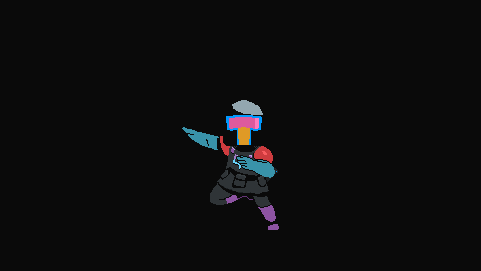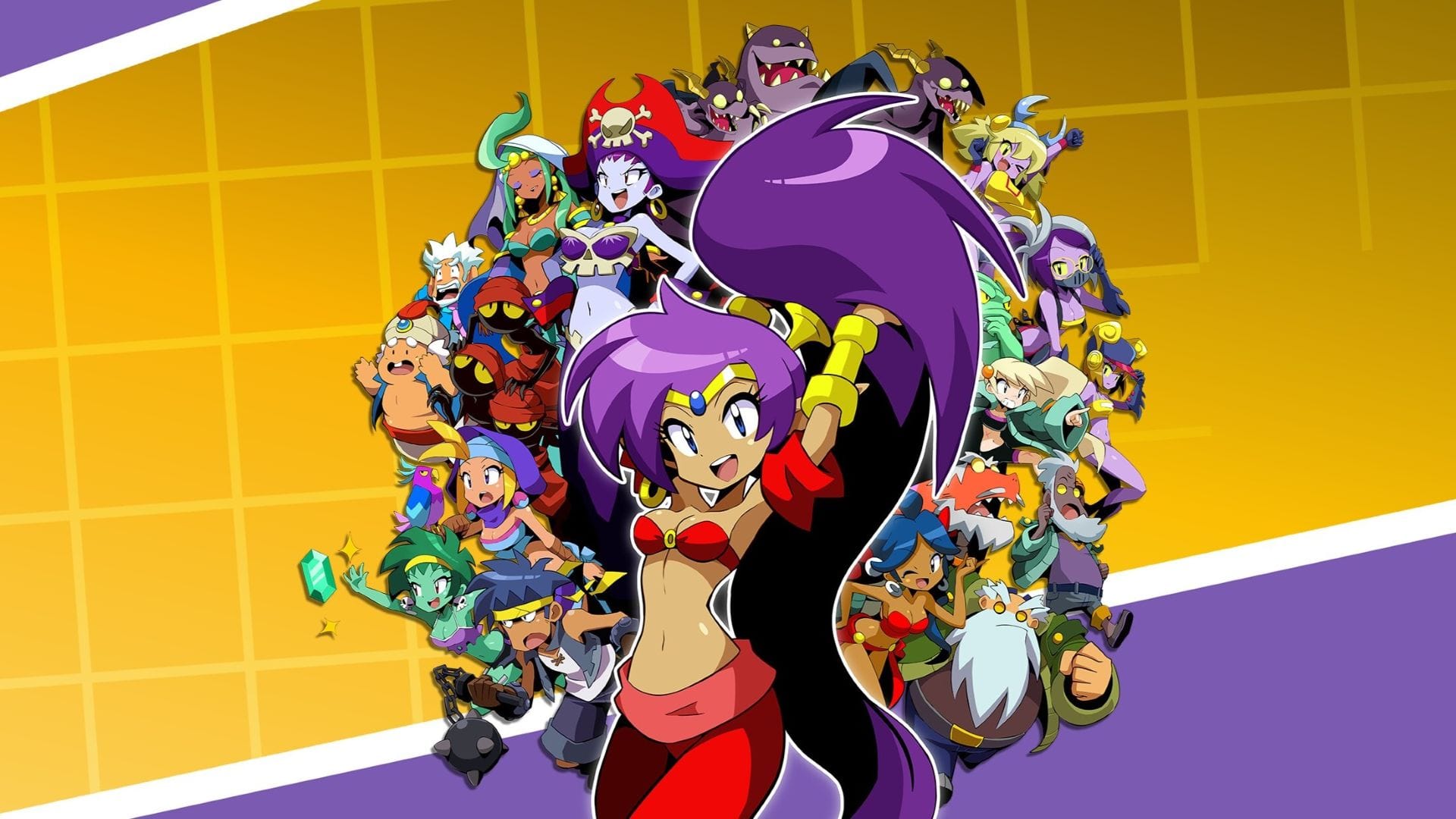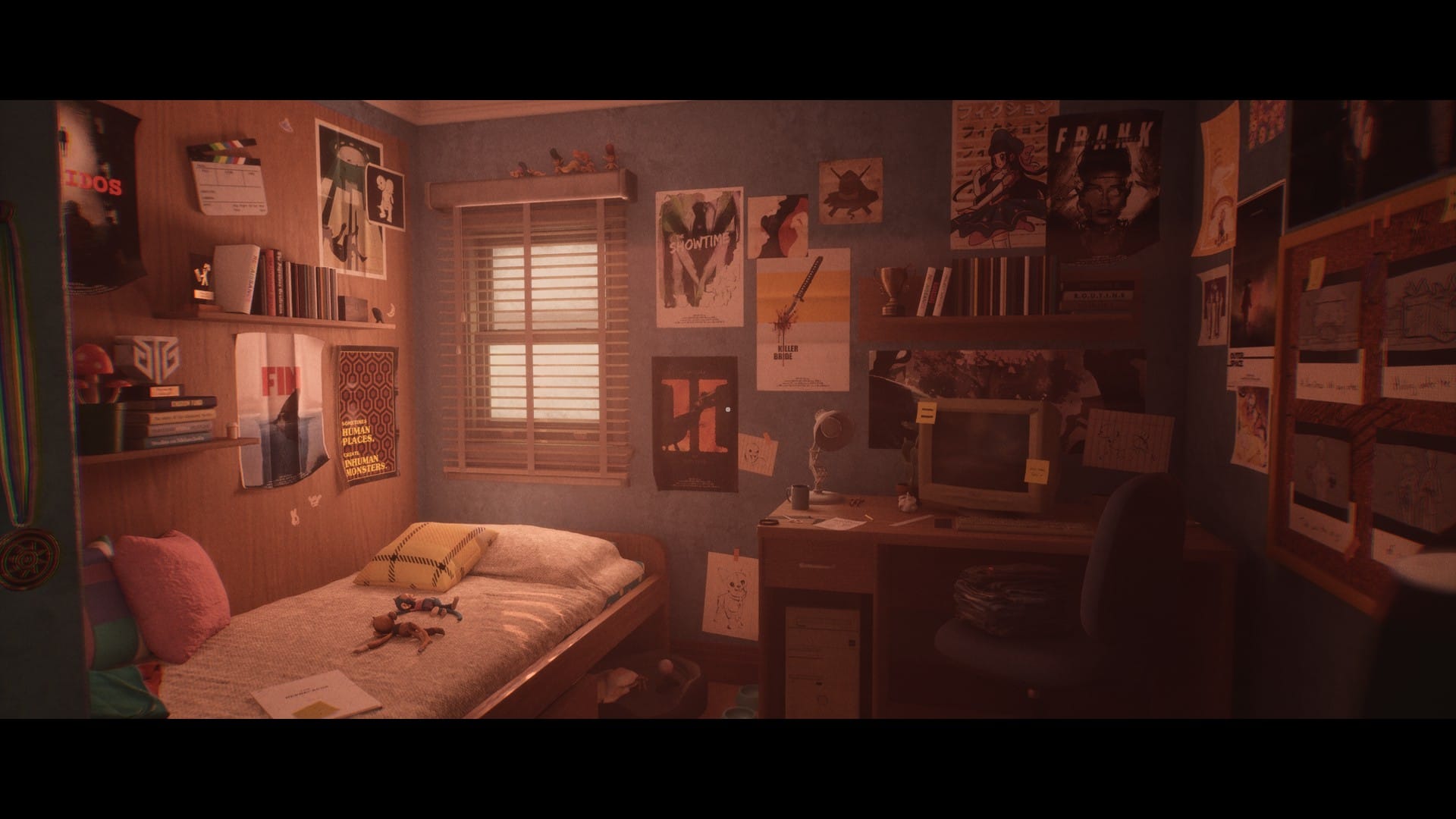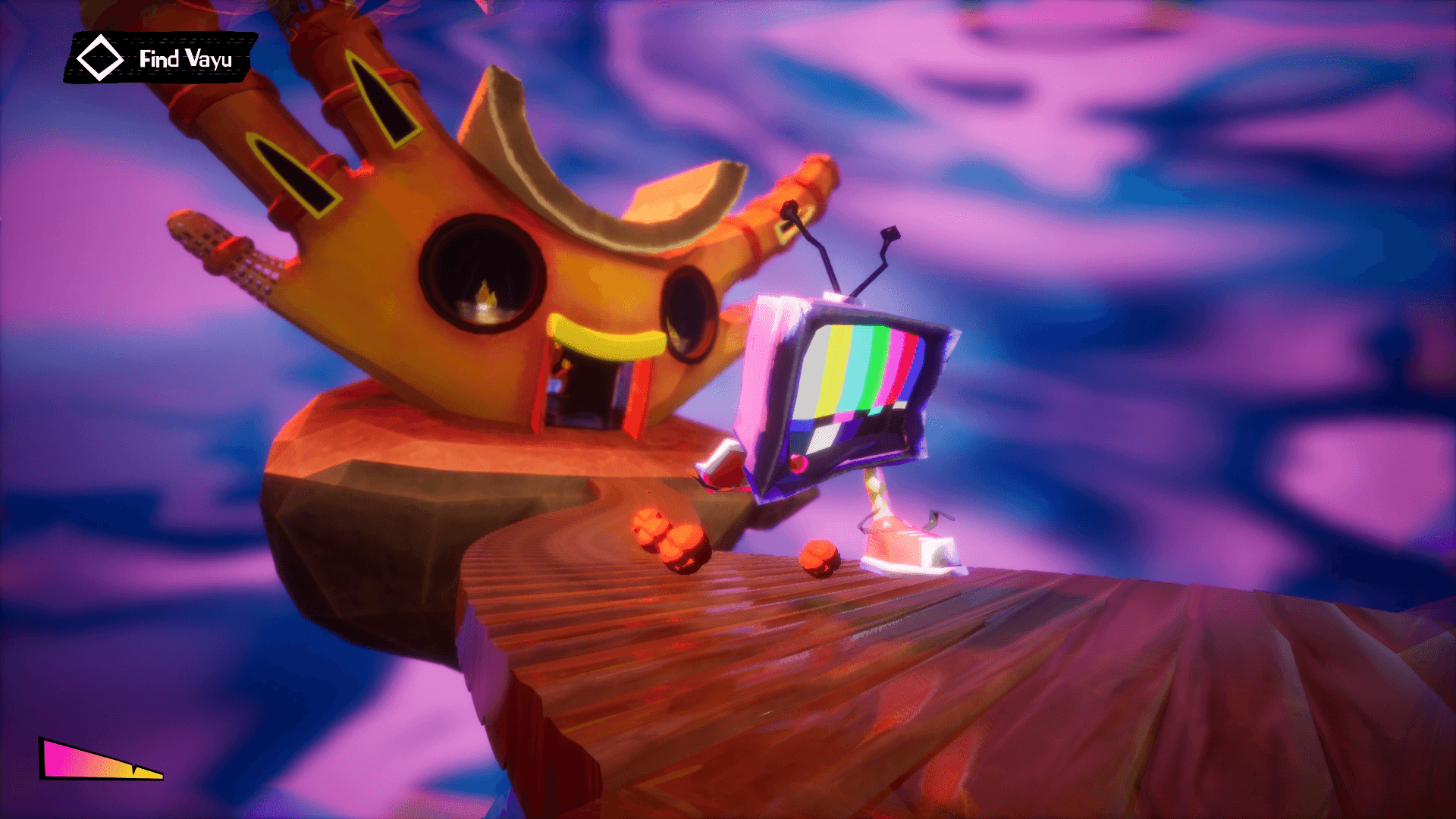Studio Koba is a development team in love with Japanese techno culture that not a lot of people talk about. Their first game, Narita Boy, garnered some attention when it was released a few years ago, with its sleek presentation and involved narrative with a foot deep in Japan’s underground culture. Now, with Haneda Girl, Koba has brought us something different: a fast, intense, and deep down funny and cute action platformer that feels absolutely awesome to play.
In it, you play as Chichi Wakaba, an ordinary japanese student who loves videogames, so much so that she ends up being recruited by a mad scientist in order to save the Data Empire from the Hackernauts, a group bent on stealing all the data for themselves. As pilot Haneda Girl and jacked into the matrix if you will and armed with a laser sword and being able to jump into an incredibly capable mecha called M.O.T.H.E.R, you take on a number of fast-paced, sleek-looking, trap-filled, cleverly designed levels as fast and as stylishly as possible. Think of Tron or The Last Starfighter, only with lots and lots of blood.
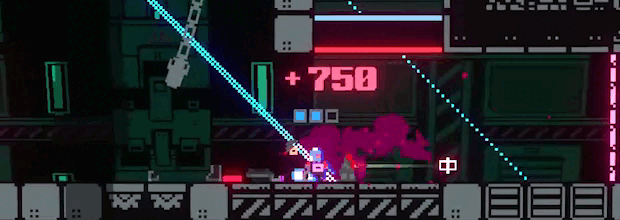
There’s no ifs, ands, or buts about Haneda Girl: it’s a videogame-ass videogame and it knows it. The story is silly and dialogue often pokes fun at itself, the gameplay is very tight, and the loop is just dumb satisfying. Basically, it plays like a mix of N+ and Dustforce when it comes to Haneda being on foot – she can’t take any damage but is ridiculously fast, can jump far, become invisible for a few seconds, and use deadly charged dash that’s powered by batteries you find or can recharged while riding M.O.T.H.E.R.
While inside the mobile suit, things are a little different. That’s where the Blaster Master in Haneda Girl’s DNA comes in: while in it, Chi Chi can fire machine guns, float in the air, break destructible walls, and most importantly, withstand hits her meaty self wouldn’t withstand. The big deal about M.O.T.H.E.R, however, and what sets Haneda Girl apart from its inspiration is the simple fact that you can recall it to your side at any time, and it’s a key mechanic of the game.
Another aspect of Haneda Girl that makes it even better and more fun is how customizable your character is. By slicing and shooting your way through its levels, you’ll earn grades and better your overall level, which in turn gives you access to a number of mods that you can install in order to suit the gameplay to your liking. Perks such as giving Haneda an extra ‘oomph’ to her jumps, slower energy consumption to your robot friend, etc, all with hindrances to counter such benefits, as expected. That trade-off is worthwhile though, and switching these around is a good way to discover even more cool ways to play.
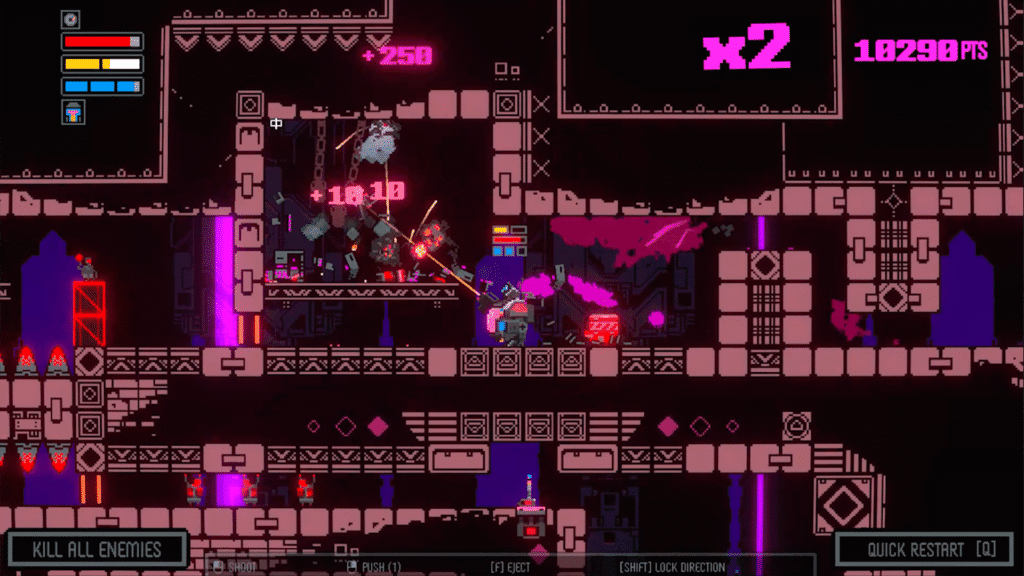
Haneda Girl is a very flashy game. While simple in still shots, its presentation certainly delivers when it comes to making you feel like you’re playing a retro-styled, CRT monitor arcade game with the intensity turned to 11. Your attacks beautifully light up the screen, explosions you cause are exaggerated, blood (and oil, in the case of robots) gushes and stains every wall and floorboard as you cut or fire off your way through its stages. All that action followed by some absolute banger techno tunes that instills the intent of the designers of having you play Haneda Girl as quickly and destructively as you can.
Without a shadow of a doubt, Haneda Girl is an absolute blast. It’s unashamedly a videogame in a time when developers try their best to bend what they create into being something else, running from the definition of what a game is at its core: a means of letting people simply enjoy themselves without much pretension. There’s room here for those who just want to casually play, as well as for those looking for their next speedrunning, leaderboard-busting fix. Don’t let this one slip by!
